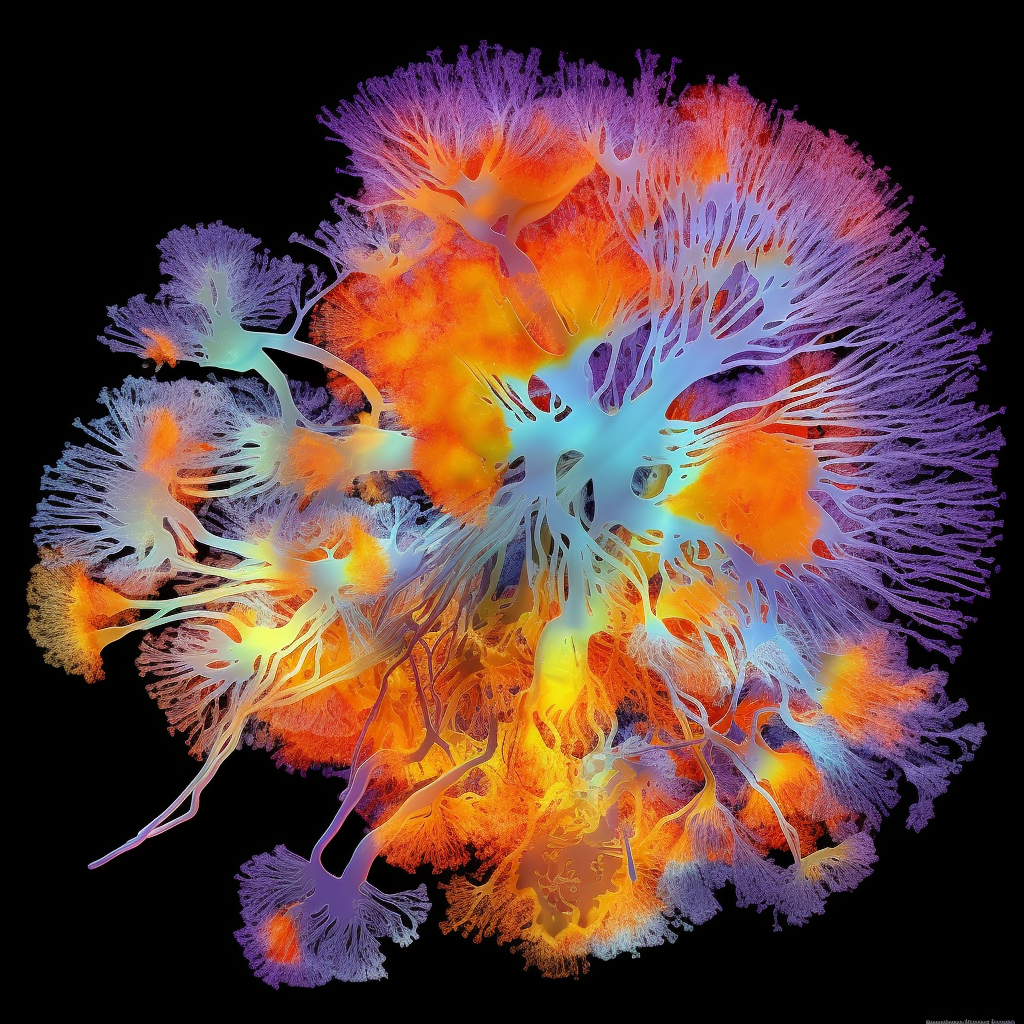Decoding Lucid Dreams: Explore fMRI and EEG studies uncovering the neural mechanisms and brain regions involved, unveiling the secrets of conscious control within dreams.
Neural Correlates of Lucid Dreaming: Unveiling the Brain's Secrets
Lucid dreaming, the state of being aware and in control of one's dreams, has intrigued researchers for decades. In recent years, advancements in brain imaging techniques have allowed scientists to investigate the neural correlates of lucid dreaming. This article explores the findings from brain imaging studies, particularly functional magnetic resonance imaging (fMRI) and electroencephalography (EEG), shedding light on the underlying neural mechanisms and brain regions involved in this phenomenon. By understanding the neural correlates of lucid dreaming, we can gain deeper insights into this unique state of consciousness.
1. Functional Magnetic Resonance Imaging (fMRI)
fMRI has provided valuable insights into the neural activity associated with lucid dreaming. Studies have revealed increased activation in the prefrontal cortex (PFC), specifically in the dorsolateral prefrontal cortex (DLPFC) and the frontopolar cortex (FPC), during lucid dreaming episodes. The PFC is involved in higher-order cognitive functions, such as self-awareness, working memory, and decision-making, suggesting its role in maintaining lucidity and volitional control within dreams.
2. Electroencephalography (EEG)
EEG studies have further deepened our understanding of the neural dynamics during lucid dreaming. Rapid eye movement (REM) sleep, the stage where dreams predominantly occur, is characterized by distinctive electrical patterns in the brain. Studies have shown that lucid dreaming is associated with increased gamma band activity, which reflects heightened perceptual processing and conscious awareness. Additionally, alpha and beta oscillations exhibit specific patterns in the frontal and parietal regions, indicating the involvement of these areas in lucidity maintenance.
3. Brain Regions Involved in Lucid Dreaming
Combining findings from fMRI and EEG studies, researchers have identified several key brain regions involved in lucid dreaming. Alongside the PFC, which plays a crucial role in metacognitive processes and self-awareness, the temporo-parietal junction (TPJ) has been implicated. The TPJ integrates sensory information and contributes to the sense of agency and embodiment, suggesting its involvement in the construction of the dream experience.
4. Contributions to Understanding Lucid Dreaming
The exploration of neural correlates in lucid dreaming enhances our understanding of the phenomenon in several ways. First, it provides a neurobiological basis for the conscious awareness and control experienced during lucid dreams. The involvement of the PFC, TPJ, and other brain regions highlights the interplay between cognitive processes and the generation of dream content.
Furthermore, studying the neural correlates of lucid dreaming can have implications for related fields. It offers insights into consciousness, self-perception, and the boundaries between waking and dreaming states. Understanding the neural mechanisms underlying lucid dreaming could also have applications in therapeutic interventions for nightmare disorders, post-traumatic stress disorder (PTSD), and other mental health conditions.
Conclusion
Through the use of brain imaging techniques like fMRI and EEG, researchers have made significant progress in uncovering the neural correlates of lucid dreaming. The involvement of brain regions such as the PFC and TPJ, along with specific patterns of neural activity, sheds light on the mechanisms underlying this extraordinary state of consciousness. These findings not only deepen our understanding of lucid dreaming but also contribute to broader research on consciousness and its neural underpinnings. Continued exploration of the neural correlates of lucid dreaming holds promising potential for unlocking the mysteries of human consciousness and the boundaries of our dream experiences.





